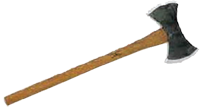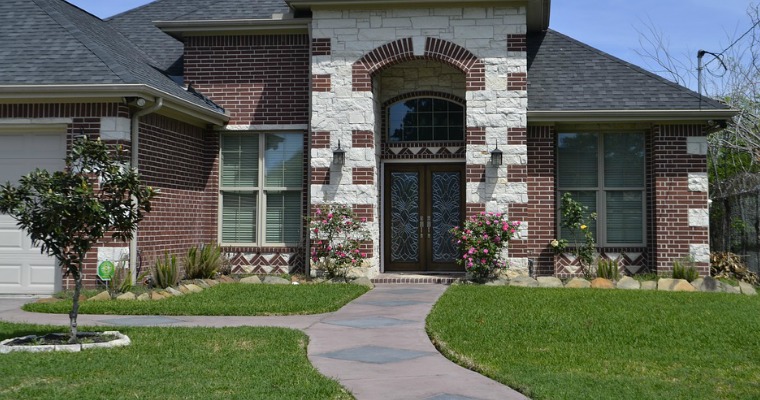Also known as cottony blight, Pythium blight is a common disease afflicting turfgrass. While it often begins as nothing more that sporadic browning, it can quickly take over your lawn if left unchecked.
For bentgrasses and ryegrasses, Pythium blight can spread particularly fast, turning your otherwise lush green lawn into a dead zone.
Overview of Pythium Blight
Pythium blight is a fungal disease to which all cool-season turfgrasses are susceptible. It typically occurs in hot, humid weather, making Texas and other Southern states especially vulnerable. Pythium blight is a highly destructive disease that all homeowners should be aware of.
You can usually identify Pythium blight by looking for its characteristic spots. When this fungal disease takes hold, it will create small spots in a variety of shapes that measure between 0.25 to 4 inches in diameter. Normally, these spots will join together to create a web-like appearance of interweaving colonies.
How to Prevent Pythium Blight
There are a few steps you can take to protect your lawn from Pythium Blight, one of which is to reduce or eliminate areas of standing water. Like other fungal diseases, Pythium Blight thrives in moist environments.
If water is allowed to collect on your lawn rather than draining away, it creates an ideal living environment for Pythium Blight and similar fungal diseases. Therefore, you should ensure your lawn has proper runoff, with rainwater flowing away from your lawn rather than pooling on the surface.
Another tip to protect against Pythium Blight is to aerate your lawn on a regular basis. Doing so allows air to flow through the upper layers of soil more easily, preventing them lawn from becoming waterlogged and, subsequently, reducing the risk of Pythium Blight.
How to Treat Pythium Blight
If your lawn is already suffering from Pythium Blight, you’ll need to take immediate action to mitigate the damage and regain control of your landscape. Fungicide products are often effective at treating this fungal disease, but it doesn’t solve the root of the problem.
Even if a fungicide product extinguishes Pythium Blight from your lawn, it may return unless you create an unpleasing environment for it. In other words, you must remove standing water so that your lawn isn’t saturated.
Using a low-nitrogen fertilizer may also help to eliminate Pythium Blight. It will encourage a healthy, green lawn by supplementing your grass with nutrients while weeding out fungal disease in the process.
The Woodsman Company offers tree planting, tree pruning and shrub trimming, tree removal and stump grinding as well as a tree wellness program.
If we can help with any of your tree care needs give us a call at 512-846-2535 or 512-940-0799 or

